Home>Interior Design>15 Easy Ideas For Better Lighting
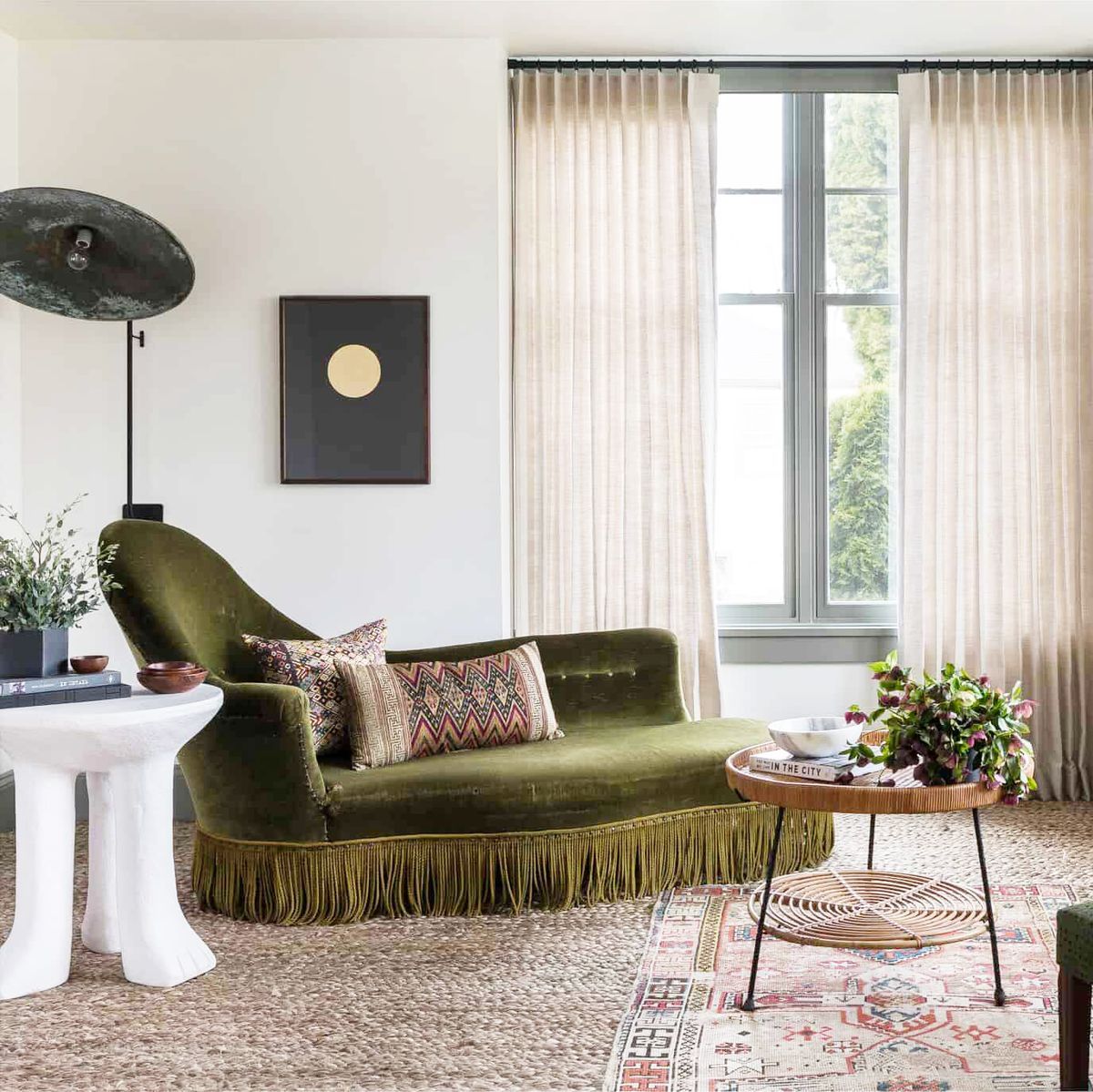

Interior Design
15 Easy Ideas For Better Lighting
Modified: January 9, 2024
Discover 15 easy ideas for better lighting in interior design. Transform your space with these tips for creating the perfect ambiance and improving functionality.
(Many of the links in this article redirect to a specific reviewed product. Your purchase of these products through affiliate links helps to generate commission for Storables.com, at no extra cost. Learn more)
Introduction
Welcome to the world of interior design, where every element plays a crucial role in creating a harmonious and beautiful space. One of the most underrated aspects of interior design is lighting. Good lighting can transform a room, making it feel warm, inviting, and stylish. On the other hand, poor lighting can dull the ambiance and make a space feel unwelcoming.
Choosing the right lighting for your home or office is not just about aesthetics; it also affects your mood, productivity, and overall well-being. With the right lighting techniques, you can create the perfect atmosphere for relaxation, enhance task performance, and highlight architectural features or artwork.
In this article, we will explore 15 easy ideas for better lighting that will help you enhance your space and transform it into a visually stunning and functional environment. From utilizing natural light to upgrading light fixtures, we’ll cover a range of techniques that will elevate your interior design to the next level.
So, whether you’re designing a new space from scratch or looking to revamp your current one, these lighting ideas will provide you with the inspiration and guidance you need to create a well-lit and visually captivating interior.
Key Takeaways:
- Harness the power of natural light by strategically placing windows and using light-colored paints to create a bright and open atmosphere, enhancing the overall ambiance and visual appeal of your space.
- Upgrade your light fixtures, incorporate task and accent lighting, and utilize LED bulbs to create a well-rounded and versatile lighting scheme that enhances functionality and adds a touch of style and elegance to your interior design.
Read more: Easy Room Painting Ideas For The Beginner
Use Natural Light
Natural light is the most beautiful and flattering source of illumination. By maximizing the use of natural light, you can create a bright and airy atmosphere in your space. Not only does natural light create a visually appealing environment, but it also has numerous health benefits.
To make the most of natural light, strategically place your windows to maximize exposure to sunlight throughout the day. Avoid blocking windows with heavy curtains or furniture that obstructs the flow of light. Instead, opt for sheer or light-colored window treatments that allow light to filter through while still providing privacy.
If privacy is a concern, consider installing window films or blinds that allow you to control the amount of light coming in. Also, keep in mind that different rooms will have different lighting needs. For example, in a living room, you may want to have more natural light, while in a bedroom, you may prefer a softer and more subdued light.
Incorporating windows of different sizes and orientations can also add depth and interest to your space. By strategically placing windows at different heights and angles, you can create a play of light and shadow that adds dimension to the room.
Additionally, consider using light-colored or reflective surfaces such as light-colored walls, glossy finishes, or mirrors to bounce natural light around the room and make the space feel even brighter and more open.
By harnessing the power of natural light, you can create a warm and inviting atmosphere while reducing the need for artificial lighting during the day, resulting in energy savings and a more sustainable home.
Install Skylights
If you want to bring in an abundance of natural light and create a unique architectural feature in your space, consider installing skylights. Skylights are windows that are installed on the roof or ceiling, allowing natural light to flood in from above.
Skylights are particularly advantageous in rooms that have limited access to windows or do not receive sufficient daylight. They can transform a dark and gloomy space into a bright and inviting one.
When choosing skylights, consider the size, shape, and placement carefully. The size of the skylight should be proportionate to the room and be in line with the overall design aesthetic. Additionally, choose skylights with UV-blocking glazing to protect your furnishings and flooring from harmful sun rays.
To optimize the benefits of skylights, choose their placement strategically. Install them in areas where you want the most natural light, such as living rooms, kitchens, or home offices. You can also incorporate skylights in hallways or bathrooms to create a unique design feature and enhance the visual appeal.
In addition to providing ample natural light, skylights can also offer excellent ventilation and improve the overall air quality in your space. Some skylights are designed to open and allow fresh air to circulate, creating a more comfortable and healthier environment.
When installing skylights, it is crucial to work with a professional to ensure proper installation and weatherproofing. This will help prevent any potential leaks or energy efficiency issues. Additionally, consider incorporating blinds or shades to control the amount of sunlight and heat entering the space when needed.
Skylights are a fantastic addition to any interior, adding a touch of drama while flooding the room with natural light. They not only enhance the aesthetics of your space but also contribute to your overall well-being, creating a bright and uplifting atmosphere.
Place Mirrors Strategically
Mirrors are not only functional but also incredibly effective in enhancing lighting in a space. By strategically placing mirrors, you can reflect natural and artificial light, making the room feel brighter and more spacious.
When selecting mirrors, consider their size, shape, and frame design. Large mirrors create a more significant visual impact and can reflect more light. Choose mirrors with frames that complement your decor style, whether it’s sleek and modern or ornate and traditional.
To maximize the effect of mirrors, place them opposite windows or light sources. This will help bounce natural light into darker corners of the room, creating a brighter and more even illumination. You can also position mirrors near light fixtures to reflect and amplify the artificial light, making the space appear brighter and more inviting.
In addition to their lighting benefits, mirrors can also create the illusion of more space. By reflecting the room, mirrors can make small rooms feel larger and confined spaces feel more open. This makes mirrors a valuable tool in interior design, especially in apartments or rooms with limited square footage.
Consider using mirrors as statement pieces on walls, or incorporate them into furniture, such as mirrored accent tables or mirrored wardrobe doors. These elements not only serve a functional purpose but also add a touch of elegance and sophistication to your space.
When arranging mirrors, be mindful of what they are reflecting. Ensure that the view in the mirror is visually pleasing, such as a beautiful piece of artwork, a green plant, or a well-decorated area of the room. This will create a visually appealing composition while enhancing the overall lighting in the space.
By strategically placing mirrors throughout your space, you can amplify natural and artificial light, create the illusion of more space, and add a decorative element that enhances the overall aesthetic. Mirrors are a versatile and impactful tool in interior design, contributing to both the functionality and beauty of your space.
Use Light-colored Paints
The color of your walls plays a significant role in how light is reflected in a room. Choosing light-colored paints can greatly enhance the overall brightness and ambiance of your space.
Lighter shades, such as whites, creams, pastels, and light grays, have high reflectance properties, meaning they bounce more light around the room. This results in a brighter and more open feel, even when natural light is limited.
When selecting paint colors, consider the atmosphere you want to create in each room. Light and neutral tones create a serene and airy ambiance, making them ideal for bedrooms, living rooms, and other areas where relaxation and tranquility are desired. These colors also serve as a versatile backdrop for furniture and artwork, allowing them to stand out.
If you prefer a more vibrant and energetic feel, opt for light and warm shades, such as light yellows, soft oranges, or pale greens. These colors can add a lively touch to spaces like kitchens, home offices, or fitness rooms.
When painting, use a high-quality paint with a matte or semi-gloss finish. These finishes help to reflect light evenly throughout the room. Paints with sheen can help create a sense of depth and enhance the overall illumination.
However, keep in mind that lighting conditions can affect how paint colors appear. It’s essential to test paint swatches on your walls and observe them in different lighting conditions before committing to a color. This will ensure that the final result is exactly what you envisioned.
In addition to walls, consider using light-colored paints for ceilings and trim. Painting ceilings a lighter shade than the walls helps to create an illusion of height and openness. Opting for light-colored trim, such as white or cream, can also contribute to the overall brightness by providing a clean and crisp contrast.
By choosing light-colored paints, you can transform your space into a bright and inviting environment. The right color palette can elevate the overall lighting experience and help you create the desired mood and atmosphere in each room.
Read more: 10 Quick And Easy Deck Ideas To Try
Optimize Window Treatments
Window treatments not only add style and privacy to a room but also play a crucial role in controlling the amount of natural light that enters your space. By optimizing your window treatments, you can enhance the overall lighting and ambiance of your interior.
When selecting window treatments, consider your lighting needs and the specific function of each room. In areas where you want to maximize incoming natural light, opt for sheer or translucent fabrics. These materials allow light to filter through while still providing a level of privacy.
If you need more light control or privacy, choose window treatments with adjustable features such as blinds or shades. These can be adjusted to control the amount of light entering the room while still maintaining privacy when needed. Vertical blinds or horizontal blinds with wider slats can also provide flexibility in controlling light and maintaining a clear outside view.
Curtains or drapes play a dual role in both lighting and decor. Light-colored or sheer curtains can provide a soft and airy feel to a room, allowing natural light to diffuse and create a warm glow. Thicker curtains or drapes with blackout lining can be used in bedrooms or media rooms to block out light when needed, providing a dark and cozy environment.
Another option to consider is window films. These adhesive films can be applied directly to the glass surface and come in various patterns and shades. Window films allow light to enter while protecting your privacy, as they create a one-way view from the inside.
Remember to keep your window treatments clean and well-maintained. Dusty or dirty blinds, shades, or curtains can block light from filtering in effectively. Regular cleaning and maintenance will ensure that your window treatments serve their purpose in optimizing natural light in your space.
Lastly, consider the functionality of window treatments with motorized or smart control options. With the touch of a button or voice command, you can easily adjust the position of your blinds, shades, or curtains to maximize light or create the desired ambiance in the room.
By optimizing your window treatments, you can effectively control the amount of natural light flowing into your space. This allows you to enhance the lighting and create a visually appealing and comfortable environment for every room in your home.
Upgrade Light Fixtures
Light fixtures are not only functional but also serve as design elements that can greatly impact the overall lighting aesthetic of your space. Upgrading your light fixtures is a simple and effective way to enhance the lighting and add style to your interior.
Start by assessing the current light fixtures in your space. Do they provide adequate illumination? Are they outdated or worn? Consider replacing any fixtures that are not meeting your lighting needs or that no longer align with your design preferences.
When selecting new light fixtures, choose ones that suit the style of your space. Whether your interior design is traditional, modern, or contemporary, there are endless options to choose from. Look for fixtures that complement the overall aesthetics of the room while providing the appropriate amount of light.
You can also consider fixtures that have built-in features such as dimmers or adjustable brightness levels. Having control over the intensity of the light allows you to create the desired mood and ambiance in the room, whether it’s bright and invigorating or soft and cozy.
Additionally, consider the type of lighting that the fixtures provide. Ambient lighting fixtures, such as chandeliers or pendant lights, provide overall illumination to the room. Task lighting fixtures, such as desk lamps or under-cabinet lights, are designed to provide focused lighting for specific tasks.
For ambient lighting, choose fixtures with diffusers or shades that distribute the light evenly and minimize glare. This creates a comfortable and inviting atmosphere. For task lighting, opt for fixtures with adjustable heads or arms that allow you to direct the light where it is needed most.
Furthermore, consider energy-efficient options when upgrading your light fixtures. LED light fixtures are an excellent choice as they consume less energy and have a longer lifespan compared to traditional incandescent bulbs. Not only will this reduce your energy consumption, but it will also save you money on your utility bills.
Lastly, don’t forget to consider the scale of the fixtures in relation to the room. Ensure that the size and proportions of the fixtures are appropriate for the space they will occupy. An oversized fixture can overpower a small room, while a small fixture may get lost in a large area.
Upgrading your light fixtures is a relatively straightforward way to elevate the lighting in your space. By selecting fixtures that align with your design style, provide the appropriate lighting, and prioritize energy efficiency, you can enhance the aesthetic appeal while optimizing functionality in your interior.
Incorporate Task Lighting
Task lighting is a crucial element in interior design, providing focused and functional illumination for specific activities or areas. By incorporating task lighting into your space, you can improve visibility and productivity while adding a layer of versatility to your lighting scheme.
Consider the different activities that take place in each room and identify areas that require additional lighting. Common areas where task lighting is essential include work desks, kitchen countertops, reading nooks, and bathroom vanities.
Incorporate desk lamps or adjustable task lights for workspaces, ensuring that they provide sufficient light without causing shadows or glare on your work surface. Look for lamps with adjustable arms or heads that can be positioned to direct light exactly where you need it.
In the kitchen, under-cabinet lighting is a practical and stylish solution for illuminating the countertops and workspace. This type of lighting ensures that you have ample light for food preparation and cooking tasks.
Reading nooks or study areas can benefit from floor lamps or adjustable wall-mounted lights that provide focused lighting for reading or studying. Choose fixtures that offer the appropriate level of brightness and can be easily adjusted to suit individual preferences.
In the bathroom, install sconces or vanity lights on either side of the mirror to minimize shadows on the face. This helps to create an optimal lighting environment for grooming and applying makeup.
Task lighting can also be integrated into shelving or display areas to enhance the visibility of objects or artwork. Consider using spotlights, track lighting, or picture lights to showcase specific items and create a visually appealing focal point.
When selecting task lighting fixtures, pay attention to the color temperature of the bulbs. Generally, cooler light temperatures (around 4000-5000 Kelvin) are ideal for tasks that require concentration and focus, while warmer light temperatures (around 2700-3000 Kelvin) create a cozy and relaxing ambiance.
As with any lighting fixture, choose energy-efficient options such as LED bulbs. LED task lights consume less energy and have a longer lifespan, making them not only cost-effective but also environmentally friendly.
By incorporating task lighting into your space, you can optimize visibility and create a more functional and productive environment. The addition of task lights not only enhances the practicality of your space but also adds a layer of depth and interest to your overall lighting design.
Utilize Accent Lighting
Accent lighting is a powerful tool in interior design that helps to highlight specific architectural features, artworks, or decorative elements in your space. By strategically incorporating accent lighting, you can create focal points, add depth, and enhance the overall visual interest of your interior.
One popular way to utilize accent lighting is through the use of recessed or track lighting. These fixtures can be installed in ceilings or along walls to provide a focused beam of light onto a specific area or object. Recessed lights are particularly useful for illuminating artwork, sculptures, or decorative wall niches.
Another effective accent lighting technique is the use of wall sconces or picture lights. These fixtures are typically mounted on walls and directed toward artworks, photographs, or architectural details, drawing attention to them and creating a dramatic effect.
Lighting shelves or cabinets with small spotlights is another way to create accent lighting. This technique adds depth and visual interest to the display items showcased on the shelves, such as books, collectibles, or decorative objects.
When implementing accent lighting, consider using different types of bulbs to achieve the desired effect. For instance, halogen or LED bulbs with a warmer color temperature (around 2700 Kelvin) can create a cozy and inviting ambiance for accent lighting. Dimmer switches can also be incorporated to adjust the intensity of the light and create the ideal mood for different occasions.
Additionally, consider using colored gels or filters to infuse a unique atmosphere or highlight specific elements. For example, a blue filter can create a cool and calming effect, while a red filter can add warmth and vibrancy to a space.
When designing your accent lighting scheme, keep in mind the importance of balance. Ensure that the accent lighting does not overpower the overall lighting scheme, and that it complements the style and function of the space. Well-placed accent lighting should draw attention to specific elements without detracting from the overall harmony of the room.
Accent lighting is a versatile and effective way to create focal points and elevate the visual appeal of your interior design. By showcasing architectural details, artwork, or decorative pieces, accent lighting adds depth and character to your space, making it truly captivating.
Consider using LED bulbs for better lighting. They are energy-efficient, long-lasting, and come in a variety of color temperatures to suit different spaces and moods.
Read more: Easy Ways To Update Your Garage Lighting
Install Dimmer Switches
Installing dimmer switches in your home is a simple yet impactful way to have greater control over the lighting levels in each room. Dimmer switches allow you to adjust the intensity of the light, creating a versatile and customizable lighting experience to suit any mood or occasion.
With a dimmer switch, you have the ability to choose the desired brightness of your lights, whether you want a soft and ambient glow or a bright and energizing illumination. This flexibility allows you to create the perfect atmosphere for relaxation, entertaining, or engaging in different activities.
In addition to setting the mood, dimmer switches can also extend the lifespan of your light bulbs. Lowering the brightness of the lights can reduce their energy consumption, resulting in cost savings on your utility bills and reducing your environmental impact.
Installing dimmer switches is relatively straightforward and can often be done as a DIY project. However, if you’re unsure or uncomfortable with electrical work, it’s best to hire a professional electrician to ensure proper installation and safety.
When selecting dimmer switches, make sure they are compatible with the type of light bulbs you have in your fixtures. Different bulbs, such as incandescent, LED, or CFL, may require specific dimmer switches designed for their technology.
Consider installing dimmer switches throughout your home in areas where you want greater control over the lighting levels. These areas may include living rooms, dining rooms, bedrooms, and even bathrooms. For spaces where task lighting is important, such as home offices or kitchens, consider using dimmable LED fixtures or bulbs.
Dimmer switches can also be integrated with other lighting controls, such as smart home systems or voice-activated assistants. This allows you to conveniently adjust the lighting levels using your smartphone or through voice commands.
By installing dimmer switches, you have the power to transform the lighting in your space with just a flick of a switch. The ability to adjust the brightness to your liking enhances the ambiance, functionality, and energy efficiency of your home, creating a truly personalized lighting experience.
Consider Light Layering
Light layering is a design technique that involves incorporating multiple layers of lighting in a space to create depth, balance, and functionality. By combining different types of lighting fixtures and sources, you can achieve a well-rounded and visually appealing lighting scheme that caters to various needs and moods.
There are three primary layers of light to consider for effective light layering:
- Ambient Lighting: This is the general or overall lighting that provides a base level of illumination for a room. It ensures that the space is adequately lit and helps to eliminate shadows and dark corners. Examples of ambient lighting include overhead fixtures, recessed lighting, or chandeliers.
- Task Lighting: This layer focuses on providing focused lighting for specific activities or areas where more light is needed. Task lighting is essential for activities such as reading, cooking, or working. Examples of task lighting fixtures include desk lamps, under-cabinet lights, or pendant lights positioned above a kitchen island.
- Accent Lighting: This layer is used to highlight architectural features, artwork, or decorative elements in a space. Accent lighting adds drama, visual interest, and a touch of luxury to your interior. Examples of accent lighting fixtures include spotlights, track lighting, or wall-mounted picture lights.
When planning the light layering for your space, consider the specific function of each area and the desired ambiance you want to create. For example, in a living room, you may want to have a combination of ambient lighting through a central ceiling fixture, task lighting provided by floor lamps for reading, and accent lighting to showcase artwork on the walls.
Layering light sources also allows you to have more flexibility in achieving different moods. You can adjust the brightness and intensity of each layer independently to create a cozy, intimate atmosphere or a bright, energizing one. This can be easily achieved with the use of dimmer switches or smart lighting controls.
When implementing light layering, make sure to pay attention to the placement and distribution of fixtures to ensure an even and balanced lighting result. Avoid creating harsh contrasts or areas that are overly bright or dark. Instead, aim for a harmonious blend of light sources that work together to enhance the overall aesthetics and functionality of the space.
By incorporating light layering into your interior design, you can create a visually stunning and well-illuminated space that caters to your specific needs and enhances the overall ambiance. The combination of ambient, task, and accent lighting layers adds depth, dimension, and versatility to your lighting scheme, resulting in a captivating and inviting environment.
Use LED Bulbs
When it comes to energy-efficient and long-lasting lighting solutions, LED bulbs are the way to go. LED, or Light Emitting Diode, technology has revolutionized the lighting industry, offering numerous benefits for both your wallet and the environment.
LED bulbs consume significantly less energy compared to traditional incandescent or fluorescent bulbs. They are highly energy-efficient, converting a higher percentage of electricity into light rather than heat. This not only reduces your energy consumption but also lowers your electricity bills.
One of the most notable advantages of LED bulbs is their exceptional lifespan. LED bulbs last significantly longer than traditional bulbs, often boasting a lifespan of 25,000 to 50,000 hours or even more. This means fewer replacements and less waste, making them a sustainable choice for eco-conscious consumers.
In addition to their longevity and energy efficiency, LED bulbs offer a wide range of color temperatures to suit different preferences and needs. Whether you prefer warm white or cool white, LED bulbs provide flexibility in creating the desired ambiance for each room. They also come in various shapes and sizes, making them compatible with different lighting fixtures and designs.
LED bulbs are known for their instant brightness. Unlike fluorescent bulbs that take time to warm up, LED bulbs light up immediately when switched on, providing instant illumination without any flickering. This feature makes them ideal for areas where task lighting and immediate visibility are crucial, such as kitchens, home offices, or workspaces.
Furthermore, LED bulbs are highly durable and resistant to shock or vibration. They are suitable for various applications, including indoor and outdoor lighting. LED technology is also compatible with smart lighting systems, offering even more control and customization options.
While LED bulbs may have a slightly higher upfront cost compared to traditional bulbs, the long-term savings and benefits they provide far outweigh the initial investment. Their energy efficiency, longevity, and low maintenance requirements make them a cost-effective lighting solution in the long run.
When shopping for LED bulbs, look for reputable brands and ensure they are certified and meet quality standards. Consider the wattage equivalent to the traditional bulbs you currently use to ensure you get the desired level of brightness.
By switching to LED bulbs, you can significantly reduce your energy consumption, lower your electricity bills, and contribute to a greener future. Enjoy the benefits of longer-lasting, environmentally friendly, and versatile lighting in your home or office with the use of LED technology.
Position Lights Properly
Proper positioning of lights is crucial in creating an effective and balanced lighting design. The placement of lights can greatly impact the functionality, ambiance, and overall aesthetics of a space. By positioning lights thoughtfully, you can optimize illumination, highlight key features, and create a visually appealing environment.
When positioning lights, consider the purpose of the space and the specific activities that will take place there. Determine the areas that require more focused lighting, such as workstations, dining tables, or reading corners. These areas should have task lighting fixtures, such as desk lamps or pendant lights, positioned directly above or adjacent to them to provide adequate illumination.
For ambient lighting, which creates overall illumination, consider the layout and size of the room. Place overhead fixtures evenly throughout the space to ensure uniform lighting distribution. In larger rooms, you may need multiple fixtures to achieve optimal results. Chandeliers, flush-mounted ceiling lights, or recessed lighting are popular choices for ambient lighting.
When positioning lights for accentuating features or objects, such as artworks or architectural elements, aim to achieve a balance between lighting intensity and the visual impact you want to create. Experiment with different angles and distances to achieve the desired effect. Wall-mounted picture lights, track lighting, or adjustable spotlights are commonly used for accent lighting.
Consider the height at which lights are positioned. Overhead fixtures should be mounted at an appropriate height to avoid casting harsh shadows or causing discomfort. Task lighting fixtures, such as desk lamps, should be positioned at a height that provides direct illumination without causing glare or obstructing the line of sight.
Also, take natural light sources, such as windows or skylights, into account when positioning artificial lights. These should complement one another to provide a balanced lighting scheme throughout the day. Utilize window coverings or blinds to control the amount of natural light entering the space and adjust artificial lighting accordingly.
Remember that lighting design is a subjective and personal process. Take time to assess the unique characteristics and needs of your space, and experiment with different positions and angles to find what works best. Consider the overall visual harmony and balance, ensuring that all areas are adequately illuminated without overpowering or creating harsh contrasts.
By positioning lights properly, you can enhance the functionality, aesthetics, and overall comfort of your space. Thoughtful placement of lighting fixtures ensures that you achieve the desired lighting effects, highlighting key areas and creating a warm and inviting atmosphere.
Minimize Glare
Glare can be a significant issue when it comes to lighting design, as it can cause discomfort, eyestrain, and hinder visibility. Properly minimizing glare is essential to create a comfortable and functional environment. Here are some tips to help you reduce glare in your space:
Choose the right light bulbs: Select light bulbs with lower levels of brightness and glare. LED bulbs are a great choice as they emit less heat and produce less glare compared to incandescent bulbs. Look for bulbs labeled as “warm white” or “soft white” as these tend to have a softer and more diffused light.
Use diffusers and lampshades: Install diffusers or use lampshades on light fixtures to help scatter the light more evenly and reduce harsh glare. Frosted or textured glass shades can be particularly effective in diffusing light and minimizing glare.
Position lights properly: Consider the placement of lights and ensure they are not directly in your line of sight. Lights positioned too high or too low can create uncomfortable glare. Adjust the angle or height of the fixtures to direct the light where it is needed without causing glare.
Utilize indirect lighting: Indirect lighting, such as wall sconces, floor lamps, or uplighting, can help minimize glare by bouncing light off walls or ceilings. This creates a softer, more diffused lighting effect that reduces the direct glare on your eyes.
Control natural light: Sunlight streaming in through windows can also cause glare. Use window coverings, such as blinds or curtains, to control the amount of direct sunlight entering the space. Sheer or light-filtering window treatments can help diffuse sunlight while still allowing natural light to illuminate the room.
Consider anti-glare coatings: For spaces where glare is a persistent issue, such as offices or workstations, consider using anti-glare coatings on computer screens, monitors, or other reflective surfaces. These coatings can significantly reduce glare and help improve visibility and eye comfort.
Take advantage of dimmers: Dimmer switches are not only great for adjusting the brightness of lights, but they can also help reduce glare. By lowering the intensity of the lights, you can create a softer and more comfortable lighting environment that minimizes glare.
Keep surfaces clean: Dust, fingerprints, and smudges on light fixtures or surfaces can refract light and increase glare. Regularly clean your light fixtures, lampshades, and other surfaces to ensure they are free from debris that may contribute to glare.
By taking these measures to minimize glare, you can create a more comfortable and visually appealing lighting environment. Reduced glare enhances visibility, reduces eyestrain, and allows you to enjoy your space without any unwanted discomfort caused by harsh lighting reflections.
Declutter Light Sources
A cluttered arrangement of light sources can create visual chaos and diminish the overall impact of your lighting design. Decluttering your light sources not only improves the aesthetics of your space but also enhances the effectiveness and functionality of your lighting. Here are some tips to help you declutter your light sources:
Assess your lighting needs: Consider the specific requirements of each area in your space. Determine the purpose and activities that will take place there to identify the necessary lighting fixtures. By understanding your lighting needs, you can eliminate unnecessary light sources and streamline your lighting design.
Avoid excessive fixtures: It’s important not to overdo the number of light fixtures in a given area. Multiple fixtures in close proximity can create unnecessary visual clutter and produce conflicting light patterns. Instead, choose a few well-placed and strategically positioned fixtures that provide adequate illumination and contribute to the overall aesthetic of the space.
Combine multi-functional fixtures: Look for lighting fixtures that serve multiple purposes. For example, pendant lights with adjustable heights and dimming capabilities can function as both ambient and task lighting. This helps to reduce the number of fixtures needed and eliminates clutter.
Use recessed lighting effectively: Recessed lighting is an excellent way to declutter your space as the fixtures are tucked away into the ceiling. Use recessed lights to provide general ambient illumination or to highlight specific areas or objects. Opt for adjustable recessed lights to add versatility and minimize the need for additional fixtures.
Consolidate lighting controls: Instead of having separate switches for each individual light source, consider consolidating your lighting controls. Use dimmer switches or smart lighting systems that allow you to control multiple fixtures from a single switch or through an app. This not only simplifies the operation but also reduces the number of switches and wires contributing to visual clutter.
Keep cords concealed: Unsightly wires and cords can contribute to visual clutter. Ensure that cords are neatly tucked away or concealed behind furniture or molding. Use cord covers or raceways to hide cords along walls or under desks, maintaining a clean and organized look.
Consider built-in lighting: Built-in lighting solutions, such as cove lighting, integrated wall sconces, or recessed strip lights, can help eliminate the need for additional freestanding fixtures. These integrated fixtures provide subtle and seamless lighting, reducing visual clutter and creating a more streamlined appearance.
Regular maintenance: Schedule regular cleaning and maintenance for your light fixtures to prevent dust accumulation and maintain their optimal functionality. Removing dirt and grime from fixtures ensures they can perform at their best, providing clear and unobstructed lighting.
By decluttering your light sources, you can create a clean and cohesive lighting design that enhances the visual appeal and functionality of your space. Streamlined lighting not only creates a more visually pleasing environment but also allows the true beauty of your interior design elements to shine through.
Maintain Clean Light Fixtures
Regularly cleaning and maintaining your light fixtures is essential for optimal performance and longevity. Clean light fixtures not only improve the quality of light emitted but also enhance the overall aesthetics of your space. Here are some tips for maintaining clean light fixtures:
Dust regularly: Dust accumulation on light fixtures can dim the light output and make them appear dull. Use a soft, dry cloth or a microfiber duster to gently remove dust from the surface of the fixtures. Pay attention to hard-to-reach areas and intricate details where dust can settle.
Remove and wash glass or plastic shades: If your fixtures have removable shades or covers, take them down periodically and wash them with mild soap and warm water. Be sure to dry them thoroughly before reattaching them to the fixtures. Clean shades help to ensure that the maximum amount of light is emitted and maintain the clarity of the light source.
Clean pendant and chandelier crystals: If you have pendant lights or chandeliers with crystal accents, clean the crystals with a mixture of mild soap and water. Gently wipe each crystal with a soft cloth to remove any dirt or fingerprints that may diminish their sparkle. Take caution when handling delicate crystal pieces to avoid breakage.
Clean recessed lighting: For recessed lighting fixtures, use a vacuum attachment or a soft brush to remove dust and debris from the surrounding trim or bezel. Be careful not to push the dust further into the fixture. Cleaning the trim ensures that light emitted from the fixture is not obstructed or scattered unevenly.
Check for insect nests or debris: In outdoor light fixtures or fixtures in areas prone to insects, regularly check for nests or debris that can accumulate inside. Remove any nests or debris carefully, taking precautions to prevent stings or bites. Insects or debris inside the fixture can obstruct the light output and affect the overall illumination.
Inspect and clean bulbs: Bulbs can gather dust and dirt over time, reducing their brightness and efficiency. Before cleaning the bulbs, turn off the light and allow the bulbs to cool down. Use a soft, dry cloth or microfiber cloth to gently wipe away any dirt or fingerprints. Clean bulbs provide clear and unobstructed light while enhancing the overall aesthetics of your fixtures.
Replace damaged or worn-out parts: Inspect your light fixtures regularly for any damage, corrosion, or worn-out parts. If you notice any cracked shades, loose connections, or other issues, replace or repair them promptly to ensure safe and optimal operation of the fixtures.
By maintaining clean light fixtures, you can enjoy the full benefits of their illumination and enhance the overall aesthetics of your space. Regular cleaning helps to maintain the quality and efficiency of your fixtures, ensuring that they provide clear, bright, and unobstructed lighting for years to come.
Conclusion
Lighting plays a significant role in interior design, influencing the ambiance, functionality, and overall visual appeal of a space. By implementing the ideas and techniques discussed in this article, you can enhance the lighting in your home or office, transforming it into a welcoming and visually captivating environment.
Start by harnessing the power of natural light, strategically placing windows and utilizing light-colored paints to maximize illumination and create a bright and open atmosphere. Consider incorporating skylights or mirrors to further amplify natural light and add depth to your space.
Upgrade your light fixtures to not only improve the quality of light but add a touch of style and elegance. Incorporate task lighting and accent lighting to provide focused illumination and highlight important features or artwork. Install dimmer switches to have greater control over the intensity of the light and create the desired mood for any occasion.
Consider the concept of light layering, combining ambient, task, and accent lighting to create a well-rounded and versatile lighting scheme. Utilize LED bulbs for their energy efficiency, longevity, and customizable lighting options. Position lights properly to ensure optimal illumination and minimize glare.
Declutter light sources by choosing the right fixtures, consolidating lighting controls, and keeping cords concealed. Regularly clean and maintain your light fixtures to ensure they perform at their best and maintain their visual appeal over time.
In conclusion, the proper use of lighting can transform your interior design, creating a space that is not only functional but also aesthetically pleasing. By incorporating these 15 easy ideas for better lighting, you can create a warm, inviting, and well-lit atmosphere that reflects your personal style and enhances your daily living or working experience.
So go ahead and explore the world of lighting design, let your creativity shine, and enjoy the transformative power of light in your space.
Frequently Asked Questions about 15 Easy Ideas For Better Lighting
Was this page helpful?
At Storables.com, we guarantee accurate and reliable information. Our content, validated by Expert Board Contributors, is crafted following stringent Editorial Policies. We're committed to providing you with well-researched, expert-backed insights for all your informational needs.
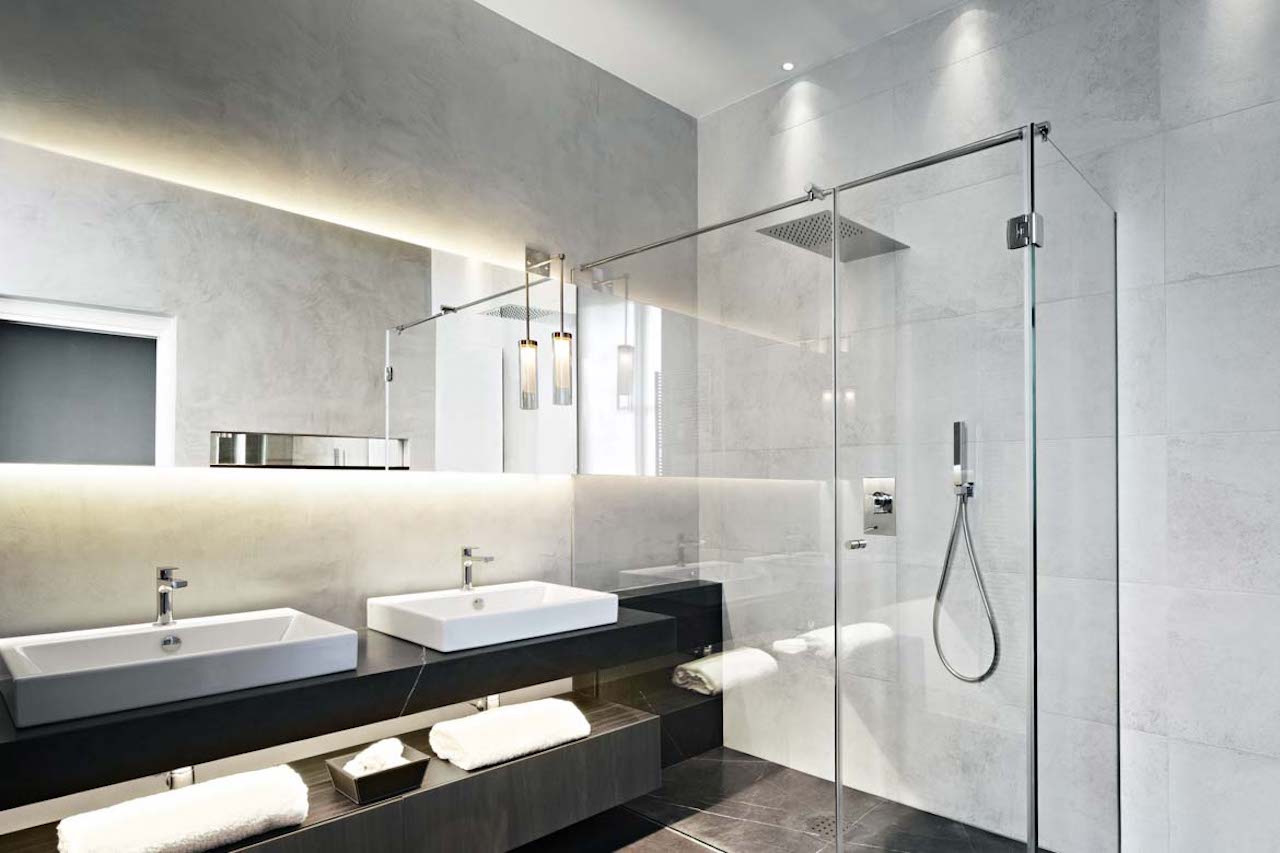
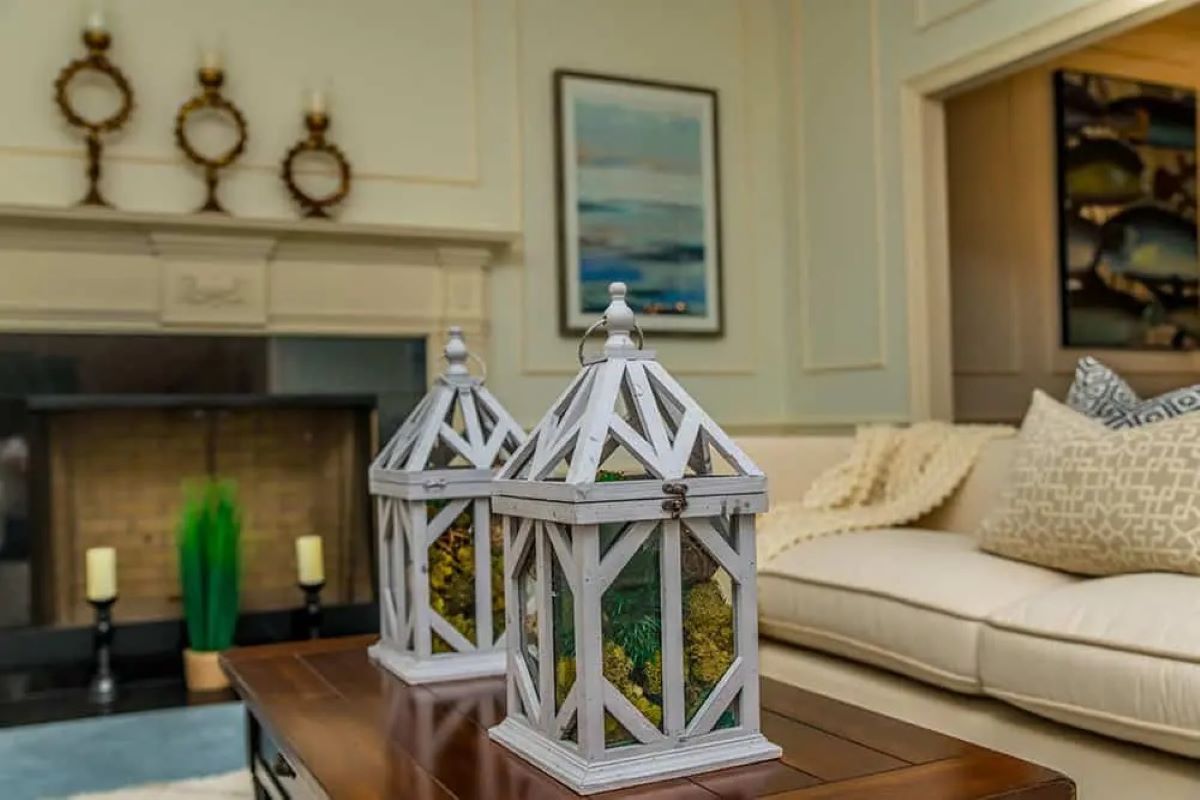

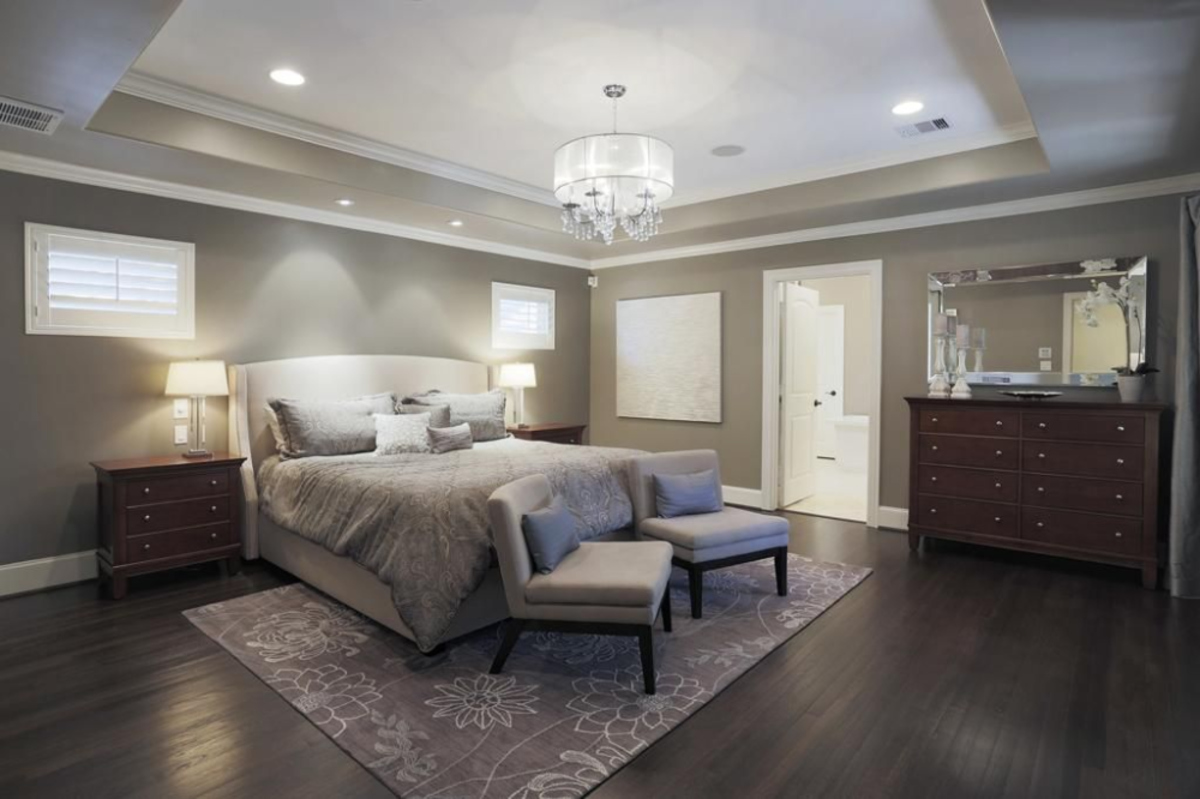
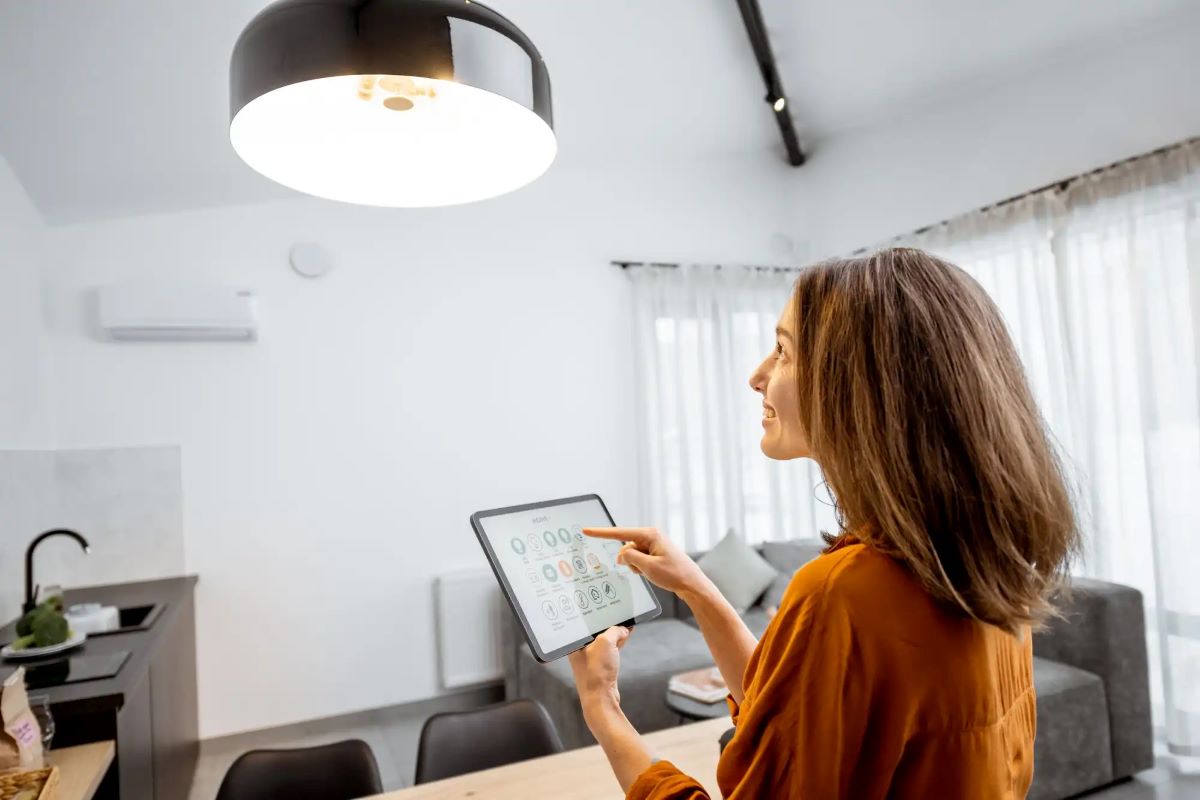

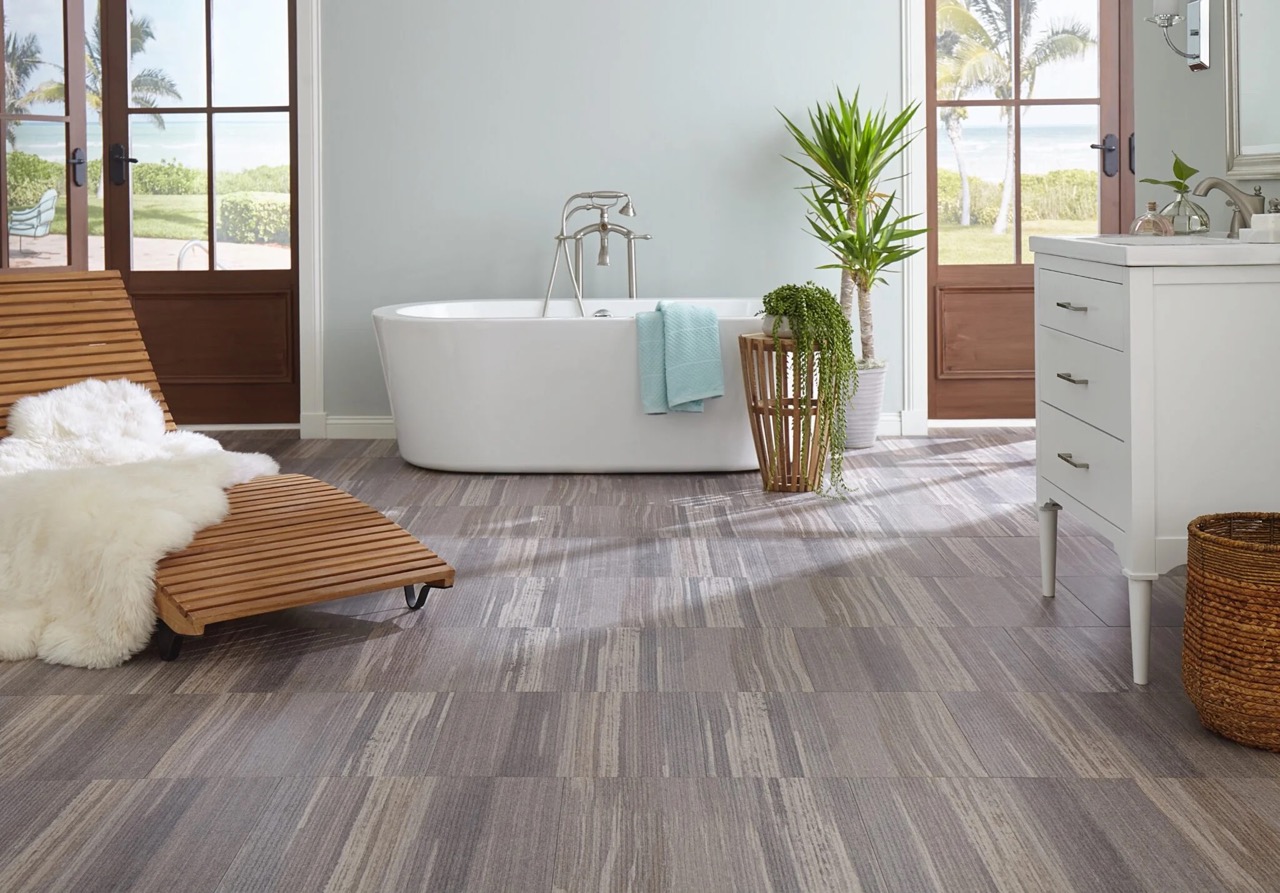

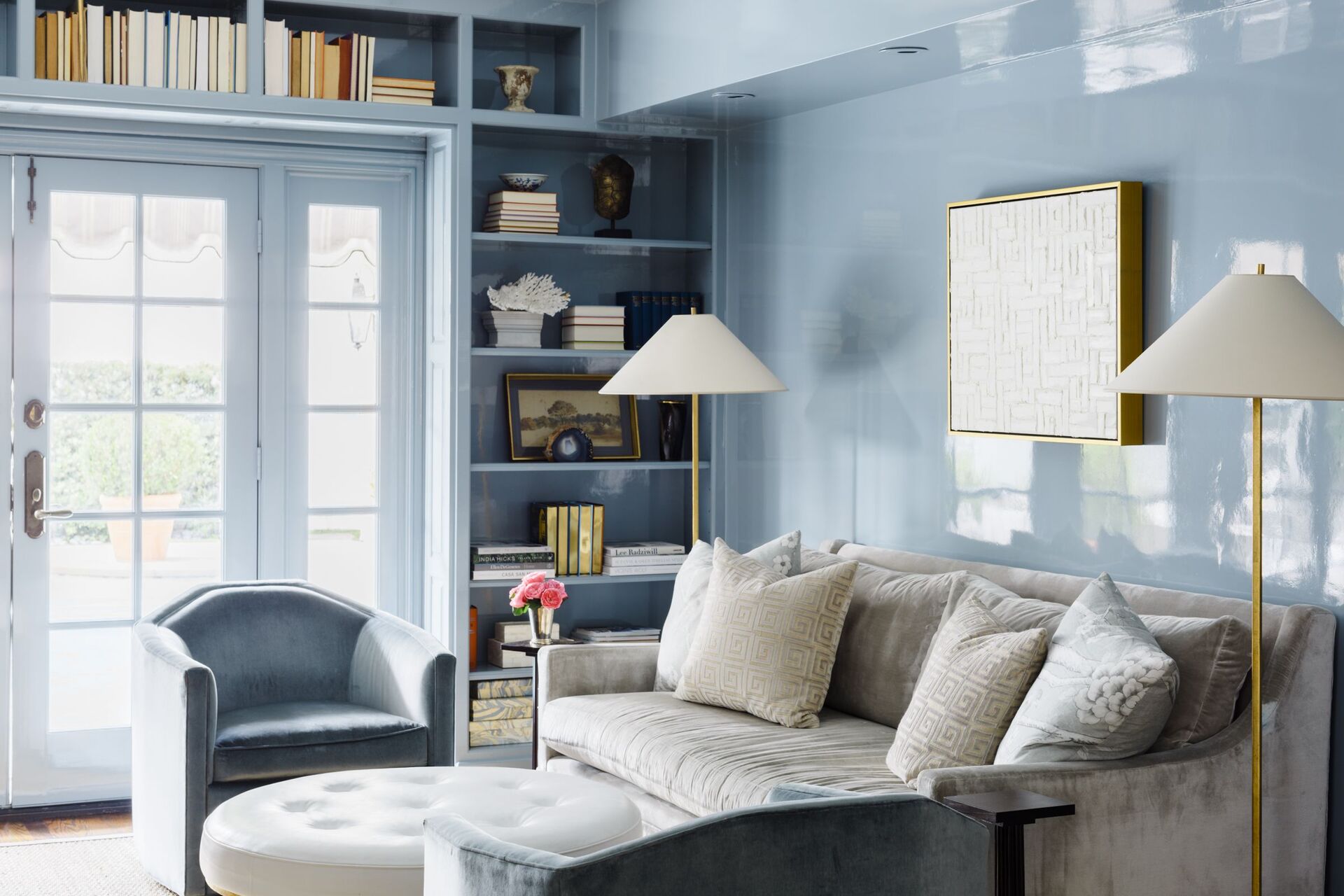
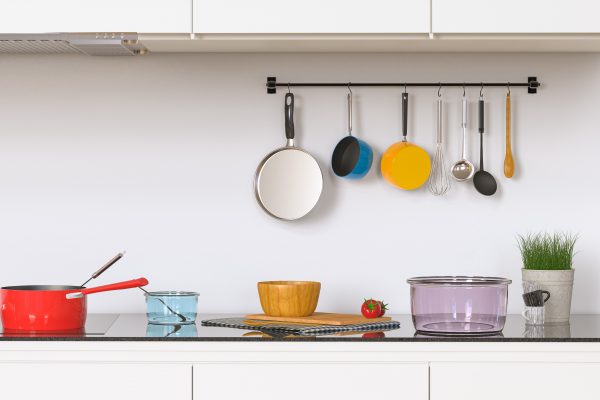

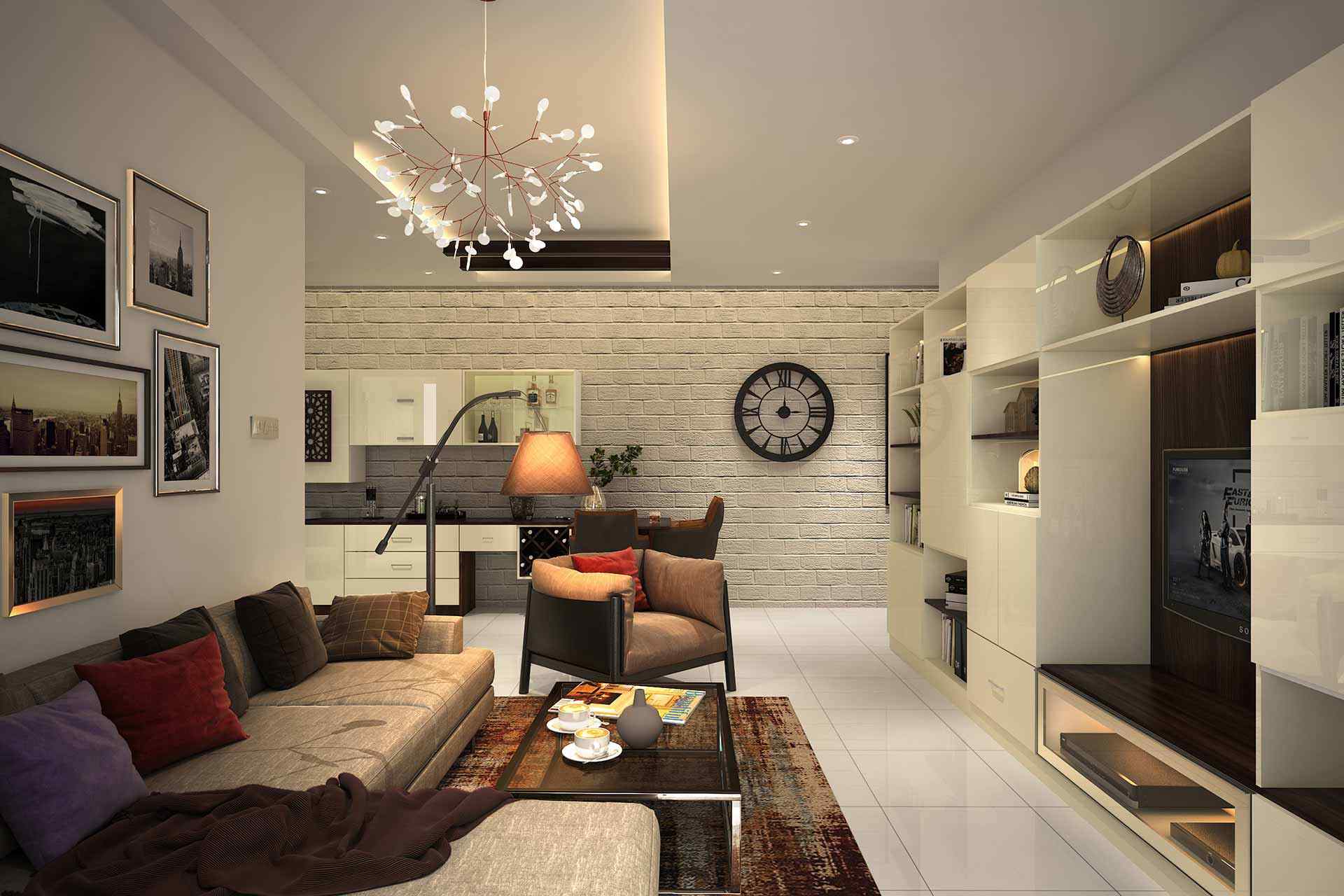

0 thoughts on “15 Easy Ideas For Better Lighting”